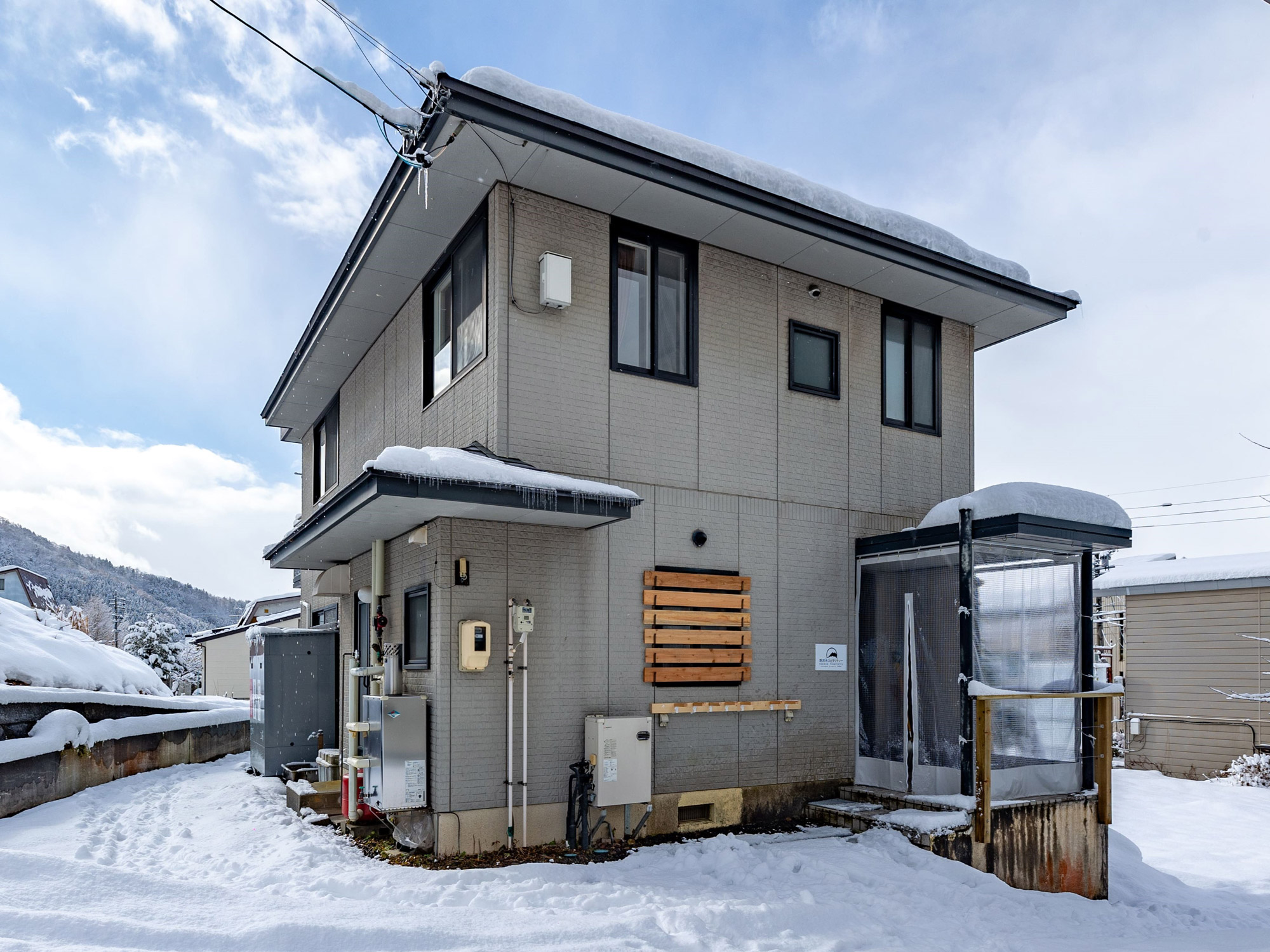by Kazuo Uehara, a local editor
Photo credits: Shinichi Kubota

The Story of Skiing

Skiing began in Japan in 1911, when General Major Theodor Edler von Lerch from Austria taught one-pole skiing in Takada, Niigata Prefecture. A teacher from liyama Junior High School, Tatsujo Ichikawa, had attended this lesson and passed on the knowledge to his students. His students included those from Nozawaonsen, and skiing became popular among the younger generation in March 1912, when the studentsof liyama Junior High School returned from the dormitory and left the first ski- trails in Mukohayashi.

Establishment of the Ski Club and Ski Resort

The "Nozawaonsen Ski Club" was established in December 1923. Its main activities included creating a ski resort, educating sportsmen and trainers, holding ski tournaments and the like. In 1924, the ski club created the Hikage ski field.

Based on the catch-phrase "no skiing, no snow country" a new lifestyle for the snow country was created. Nozawaonsen was primarily a summer resort, but there were expectations for visitors to come in winter for skiing.
From that time on, the locals worked together to build the ski tournaments, and invite famous skiers to provide training.
The Arrival of Schneider
In 1930, ski training was conducted by Hannes Schneider at the Nozawaonsen ski resort. He is famous in Japan due to the film "The White Ecstasy." He also developed the Arlberg technique of high-speed skiing; his skillful manipulation of poles and stable technique, and dynamic sliding and jumping earned him the praise of those around him as the "god of skiing." The training by such an influential skier had a significant impact on the development of the ski resort.

Goro Sakabe is the man holding the megaphone in the photo to the right. His father was the head of the Takada teaching group, trained by General Major Lerch. Lerch had also trained Sakabe. Later, he studied in Germany and worked as Consul-General in Austria. He also accompanied Schneider as his interpreter. The "Sakabe Collection" related to skiing was later presented to Nozawaonsen Village and led to the establishment of the Japan Ski Museum.
Schneider's skiing in Nozawaonsen impacted the village in many ways in the years that followed . The slope where he skied is named after him. "Schneider's Cup Tie Tournament" was held annually from 1932, and local skiers strove to set new records and improve their skills.
Schneider was born in the Austrian village of Saint Anton, which became a sister village with which Nozawaonsen continues to have a good relationship even today. The village received a bust of Schneider as a sign of goodwill from Saint Anton village. Taro Okamoto was asked to design its placement at the ski resort. The works of Taro Okamoto are known in Nozawaonsen village for his "bath" ideograph and "Otome no Zo (maiden statue)."


Skiing for Children

The head of the Ski Club, Eiji Tomii, wanted to teach children skiing in a proper way, so he sent an instructor from the Ski Club, Kenji Tomii, to schools.
His work in the winter season started in the morning with inspecting and repairing equipment, after which he taught ski exercises and rotation techniques for younger school students before noon and older students in the afternoon, along with their teachers, at the Hikage ski field. After school hours, he trained ski athletes on a specially created long ski course. The village purchased 50 skis and poles and provided them to the school. Such efforts were very progressive for Japan.
A New Start in the Postwar Period
The Pacific War ended on August 15 1945 and a new era of skiing started. To mark the long-awaited period of peace and the restoration of ski tournaments, Prince Takamatsu Nobuhito paid a visit to the 3rd National Sports Festival of Japan in 1948 and the 26th National Ski Tournament held in Nozawaonsen .
In 1950, the Nozawaonsen Ski Club officially began a drive to build ski lifts at Nozawa's ski resort. The first ski resorts to have lifts in Japan were Shigakogen Maruike Ski Resort and Sapporo Mount Moiwa Ski Resort. However, these were constructed by the U.S. occupation forces, and the Japanese were
not allowed to be involved. The following year, the first private ski lifts were introduced at the ski resort in Kusatsu Onsen. Tadashi Katagiri who had visited Kusatsu to conduct ski training was awed by the lifts that carried skiers so efficiently, and started to put serious thought into constructing lifts in Nozawa as well.
While it was decided to install the lifts alongside the jumping hill at the Hikage ski field, there remained the question of who to delegate the construction to. Somebody came up with the idea that the "The principle is the same as for the ropeway used for the transportation of material by mining companies. We can carry people instead of material" Tadashi Katagiri and Eiji Yamazaki then travelled to the Ogushi Mine in Gunma Prefecture. The people they talked to at the mine were impressed by the passion of the two men, and on Sundays only, the cableway manager Mr. Sasaki brought with him
several experienced carpenters to visit Nozawaonsen. The hut for containing the motor, the framework, and the props were all made of wood. They said locally sourced materials were ideal, so karamatsu (larch) and cedar trees were brought from the Hikage mountains.
A New Start in the Postwar Period Cont.
They finally had a plan to build the props, but they did not have the crucial wire cables. Knowing that a sulfur mine in Kusatsu Onsen had old ones, Tadashi Katagiri made his way over by truck. After an arduous journey through the snow, he managed to bring the cables back safely to Nozawa.
Villagers, including children, toiled together to manually carry the cables up to the Hikage ski resort. Using ropes to get a good grip, they carried bundled cables up the hill of Oyu.
On December 12, 1950, a day of heavy snowfall, a framework-raising ceremony was held for the motor room and lift station, with all Ski Club members in attendance. The next day, cable installation began. As there were no machines, this was all done by manual labor. Through the tireless efforts of those involved, the cabling was completed on December 24. Sasaki-san pressed the start switch, and the operation of the lift began. When the belts started moving after the motor rumbled into life, everyone whooped and clapped their hands in joy. On the night of the 25th, the transporters were carried up and attached, in complete darkness and stormy weather. They managed to fit a total of nine transporters.
On December 26, the Nozawaonsen Hikage Ski Lift completion ceremony and a test-ride were held. Children and adults alike were full of excitement testing the lifts, even in a blizzard. From the next day until the 28th, the lifts were open to skiers free of charge. From the 29th, 10 yen was charged for every ride. The historic first wooden ski lift lasted four years, after which the props were replaced with ones made of iron.









-min.jpg)



.jpg)


.png)

.png)
.jpg)















%20(1).jpg)

















.png)













